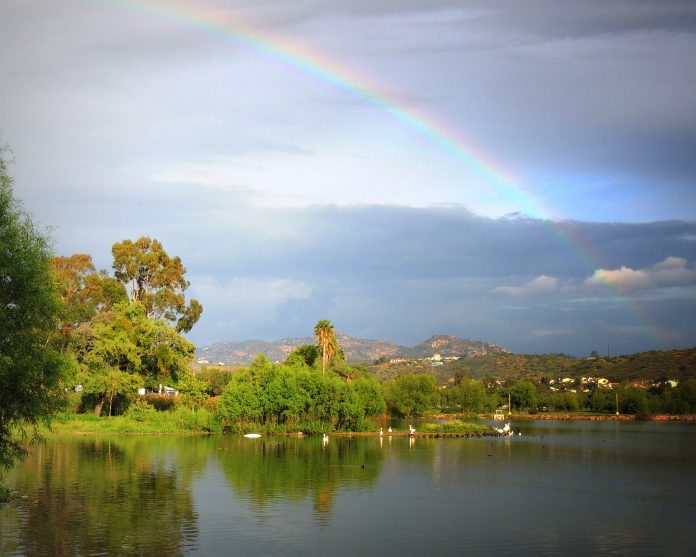I keep picking up the phone to call her, but then I remember she is gone.
No, I have not been jilted by a friend. Rather, my mother up and died.
Suddenly, two months ago.
She got sick with pneumonia and sepsis, but she had done that before and rallied. She was always surprising the doctors and nurses, nearly driving them out of their minds with her demands to go home. They would finally let her go when she proved she was just fine. She just did not like the hospital food.
This time, though, she never came back around.
I keep picking up the phone to call her, but then I remember she is gone.
No, I have not been jilted by a friend. Rather, my mother up and died.
Suddenly, two months ago.
She got sick with pneumonia and sepsis, but she had done that before and rallied. She was always surprising the doctors and nurses, nearly driving them out of their minds with her demands to go home. They would finally let her go when she proved she was just fine. She just did not like the hospital food.
This time, though, she never came back around.
I was in agony the first several weeks after she passed. The sleepless nights were endless, the days long and blurry. I ate too much chocolate and spent hours trying to find all the pictures I could of my mother.
Time in that first month dragged and pulled; I never knew what day or season it was. I spent entire afternoons in parks sitting and reading and listening to my Pandora station in the car, crying, taking photographs of the way the light changed in the trees.
The music I listened to hurt, it was so beautiful to me—“November” by Max Richter, “Where We’re Going” by Hans Zimmer, “Semboica” by Enya—as was the call and chatter of song sparrows.
Baby squirrels dashed about looking for the almonds I would toss to them. When the breeze moved the trees in the late afternoon, light dancing among them like ballerinas, I would cry from deep sadness. Yet underneath that sadness was a joy even deeper, a gratitude for the moment, for the now, for all the nows I have had and will have.
Grief is a process, they say. It is more of a life project, I say.
It occupies the undercurrent of every moment. Because once you lose someone you love, not only do you have to go through the horrific emotional pain and stuffy nose from constant crying, you come face-to-face with your own mortality.
Of all the stages of grief—and they do not go in a linear line, as Greg LaDue, a Spring Valley-based counselor explained—the worst for me is the bottomless pit, the gaping hole of emptiness.
When I had been back in San Diego just three days after returning from my mother’s memorial service and visiting my family, I drove out to Lindo Lake, one of my favorite places to watch the geese and ducks and go for a walk. But the chatter and commotion of all the birds—something that would normally elate me—was a cacophony of sound echoing my sorrow. It was as if I had regressed to being five years old, scared to death on my first day of school without my mother being around. I had no idea what I was supposed to do with the remaining hours, days, years of my life. So I drove away from Lindo Lake and went to a movie instead to forget about things for a while.
This is normal, too, the sense of emptiness.
Yet another part of grief is anger, be it at myself for things said or unsaid, done or undone, or God himself for the seeming senselessness of it all. Once again, Lindo Lake is where I came face-to-face with my own frightening anger.
It is springtime at the lake and the geese and ducks are defending their territory among themselves. They can be mean to each other and it bothers me. But worse is when people torment and tease them. Listening to music in my car and reading, I would sit on edge as kids and teenagers walked by and laughed and flapped their arms at the birds. Normal stuff.
When a ten-year-old girl with a haughty little smirk on her face ran every single one of the ducks and geese off their territory, I fumed. But I sat still in my car, watching. She sauntered on down the sidewalk in her skate-shoes and approached a duck sitting on the cliff side over the lake. I hardly believed my eyes when she shoved and kicked the duck right out of her napping place and into the water. The rage was so thick in my blood I could taste it. The little girl laughed and then started skate-shoeing her way up to another mallard quacking and trying to run away from her. I got out of the car and started racing towards the girl. She thought I was trying to scare the duck, too, but I stopped right in front of her, said in a low, deep voice I did not know I had, “What do you think you’re doing, little girl?”
She turned her blue eyes and smirky smile up to me and I got back into my car and drove away to another part of the lake where I shook and sobbed for half an hour.
“What were you really mad at?” LaDue asked me when I told him what happened.
At first, I was frustrated at him for asking that question, but later realized it was important. I saw that my anger had come from a place of defending animals as if my mother were right there with me; in defending the animals, I was honoring her. She and I have always loved animals.
LaDue told me it would be like this for a while, this up-and-down-and-in-and-out ride of emotions.
“What? Like this?” I said, blowing into a Kleenex and trying to take a sip of my coffee at the same time.
“No, not this intense all the time,” he explained. “But this is a year of what they call firsts. The first Mother’s Day without her, your birthday, her birthday, all of the holidays.”
I did two of the firsts with my birthday and Mother’s Day in the same week. Thankfully, I had planned ahead and made sure I had friends and my husband with me most of the time. When I did find myself alone on late Sunday afternoon, it was my choice, my good space.
The sorrow will always be there. I am a changed person. The person I used to be? She is dead and gone.
I do believe in a life with the Creator after passing from this earth; my mother did, too. Belief in life after death requires faith that the heart will go on; that, in turn, requires belief in something approaching mystery. For what else is mystery except that which we believe but cannot see and fully comprehend?
Death is not something our contemporaries want to talk about. We shush up about it and move onto talk about the traffic, the weather and the next big party. The thought of death being a “happy” occasion is repulsive.
Local author and pastor John Fanestil writes in “Mrs. Hunter’s Happy Death” about the phenomenon of people accepting, even embracing death as a milestone in their lives. It is, after all, recorded in people’s family Bibles, along with birth and marriage dates.
Yet how can a death be happy? Fanestil, a La Mesa resident, researched how people accomplished this in the 18th and 19th centuries and found that the way people died had as much effect on others as the way they lived.
He writes: “Life is an adventure and new experiences, even trying ones, represent great opportunities for growth and learning; at the end of life, therefore, death can be received as something beautiful, a gift from the hand of God.” (p. 105)
I think of the conversations I had with my own mother just a few weeks before she passed, the holiness, the purity of our confessions. Everything we had held from each other was brought into the light; all the guilt, doubts, sorrows, shame washed away. She gave me her blessing.
The sorrow will always be there. Her birthday is coming up. A friend told me she wrote a letter to her own deceased mother, put it in a bottle and sent it off into the ocean. I just may do that. I need to tell the universe about us, about her.
In the meantime? I’ll be at Lindo Lake. It’s my healing place.













